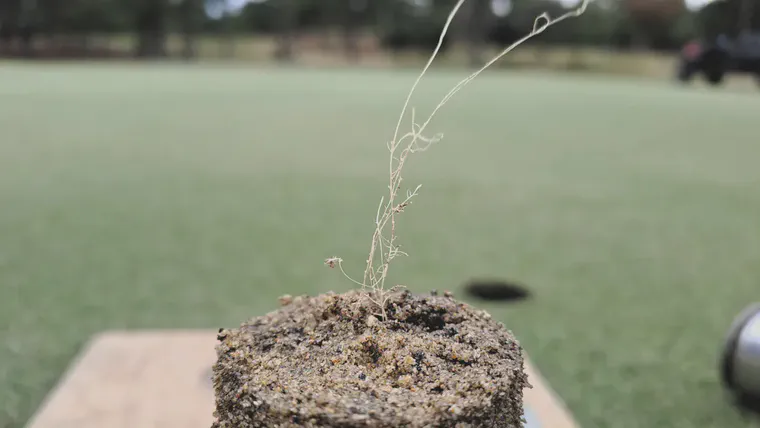A couple problems with year-round soil nutrient analysis

The Green Section Record (Volume 62, Issue 4) has an interesting article by Chris Neff making a case for year-round soil nutrient analysis. Specifically, he wrote that:
To adequately make decisions regarding these crucial fertilizer applications, it is imperative to conduct soil sampling throughout the year to assess soil properties and current nutrient levels, which play a pivotal role in the overall health and performance of the course. To ensure optimal results, it is recommended that sampling be conducted at least three times annually.
The article goes on to list reasons why he makes this recommendation, including monitoring soil nutrient levels, assessing nutrient uptake, and enhancing environmental and economic sustainability.
But there are a couple problems with this. The GCSAA nutrient survey has found that rather than applying nutrients more efficiently when soil testing, golf courses that soil test actually end up applying more nutrients.
The reason for that is recommendations for more nutrients than the grass can use and recommendations for more nutrients than the soil can hold. If everyone used MLSN to make fertilizer recommendations from soil test results, that might enhance “environmental and economic sustainability.” But given the many golf courses that apply fertilizer based on misguided recommendations, testing less frequently would achieve those goals—testing year-round would have the effect of causing more unnecessary fertilizer to be applied.
Another problem is testing soils when the results don’t need to be used for decision-making. My recommendation is to test soils once per year, at the time when the nutrient levels are at their lowest. In humid temperate climates, that’s in autumn. In climates with a dry summer and a rainy winter, that time is spring. In warm-season areas with a rainy season, that time is the end of the rainy season. With a single soil test event per year, at the time when the nutrient levels are at their lowest, it is possible to make fertilizer recommendations that will guarantee the grass is supplied with all the nutrients it can use for the next year. Will extra soil testing events be necessary through the year? I’m not sure what value more testing will provide.
If salinity accumulates at a site, then the salinity needs to be monitored. It might be useful to do a soil nutrient analysis at the time of the year when soil salinity is at its highest. That makes two soil testing events per year—once at the lowest soil salinity, and once at the highest. Do intermediate tests provide useful information? Again, I’m not sure they do.